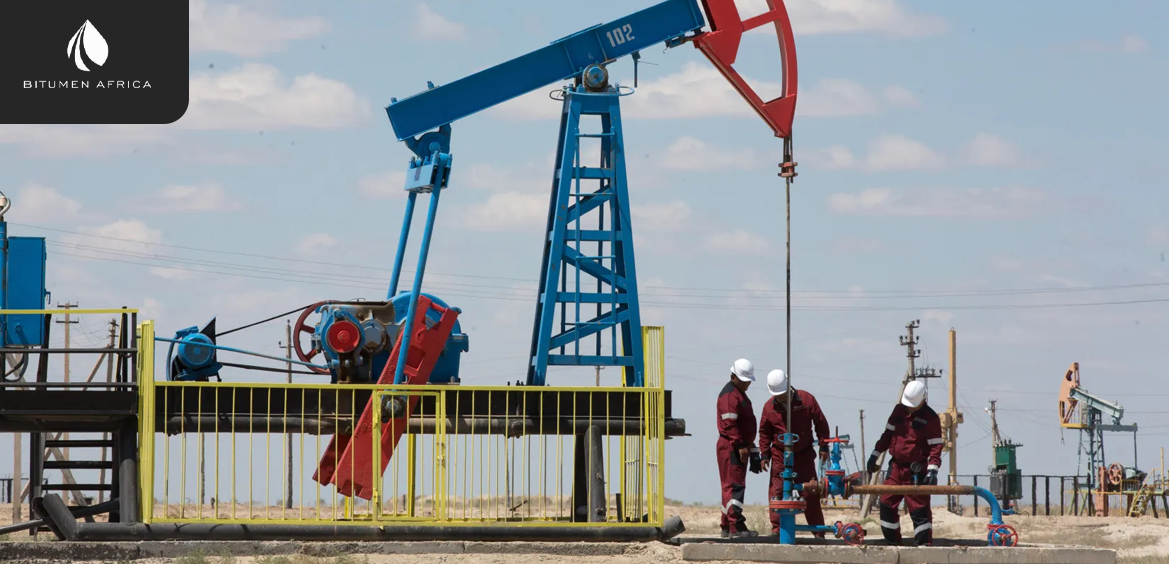OPEC+ did exactly what the market expected last weekend—announcing another production increase of 411,000 barrels per day for July. Surprisingly, oil prices went up instead of down, driven not just by the group’s decision, but by broader geopolitical and supply-related developments.
Key among these was a Ukrainian drone strike targeting Russian infrastructure, sparking fears of further attacks and supply disruptions. Simultaneously, the prospect of reviving the U.S.–Iran nuclear deal faded, as Iran reportedly prepares to reject the latest U.S. proposal. This means sanctions—especially those targeting Iran’s oil sector—will remain in place.
Adding to the bullish pressure, wildfires in Alberta have forced production shutdowns of more than 340,000 barrels per day—about 7% of total output—enough to jolt prices upward and signal that oil demand may be stronger than some believe.
While analysts like Reuters’ Clyde Russell pointed out that Asian oil imports have declined compared to last year, raising concerns about the timing of OPEC+’s hike, others argue real-world factors—such as affordable oil, strong summer driving season demand, and tight spot market conditions—paint a more optimistic picture.
Both ING and Goldman Sachs noted that seasonal demand patterns and solid economic data point to continued support for oil prices. With August production decisions looming and summer consumption ramping up, the market seems poised for further price strength.

